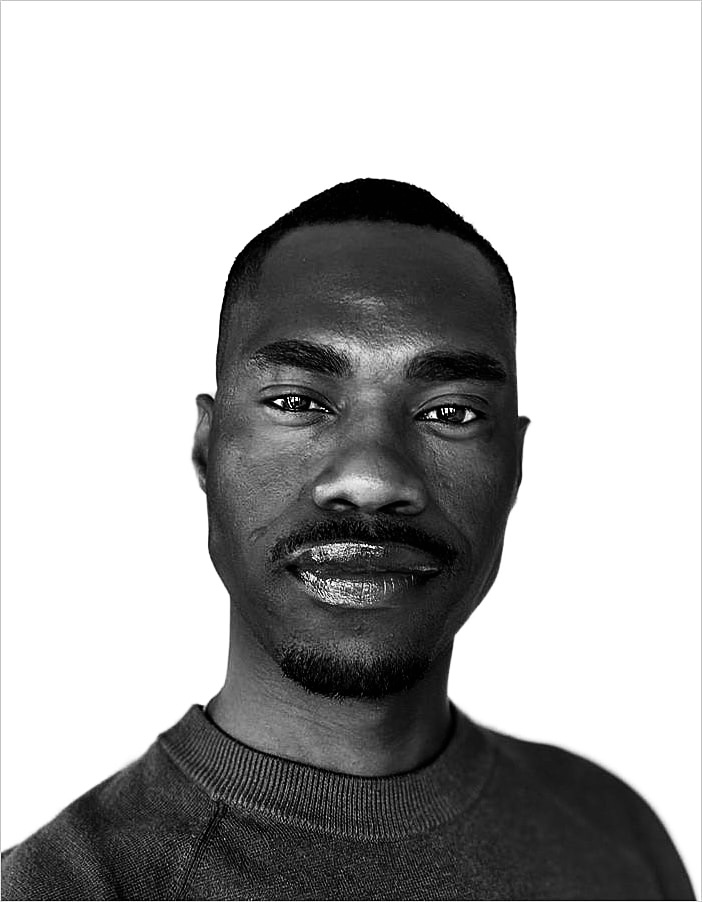The integration of AI into architecture is redefining cities as living organisms — self-adaptive, climate-conscious, and emotionally intelligent. The future of design is not construction; it is cognition.

For centuries, architecture has been physical manifestation of civilisation’s values — from the pyramids to skyscrapers, from temples to smart homes. Yet as artificial intelligence enters the discipline, architecture is evolving from form to functioning intelligence.
AI does not merely assist architects; it thinks alongside them. It analyses sunlight, airflow, social dynamics, and emotional resonance. The buildings of tomorrow will not be static. They will feel, learn, and adapt.
The future of architectural design is not aesthetic; it is sentient.
The transition from hand-drawn blueprints to computer-aided design was revolution enough. But AI takes this further: generative design engines now simulate thousands of possibilities in seconds, optimising for energy, cost, and beauty simultaneously.
These systems learn from centuries of architecture — blending Gothic symmetry with biomimicry, Brutalism with sustainability. The architect becomes curator of intelligence rather than sole creator of form.
This is the rise of the Neural Architect.
Cities are no longer mechanical grids; they are ecosystems of data. AI enables urban environments that breathe, respond, and regenerate. Smart infrastructure monitors temperature, pollution, and energy flows — dynamically adjusting to human behaviour and climate.
Tomorrow’s city will not be designed once. It will evolve continuously. Roads may reconfigure for traffic. Facades may shift opacity for sunlight. Public spaces will learn from social emotion.
The city becomes organism — architecture as artificial ecology.
But intelligence without empathy risks alienation. AI-generated architecture may optimise efficiency but neglect emotional warmth. The future architect must therefore design ethical intelligence — spaces that feel alive yet remain humane.
The challenge is to integrate algorithms with anthropology, metrics with meaning. Architecture must not lose sight of humanity amid data.
Climate crisis transforms architecture from art to survival science. AI allows buildings to self-regulate temperature, harvest energy, recycle waste. Materials become computational — self-healing concrete, photosynthetic glass, carbon-absorbing walls.
Sustainability ceases to be feature. It becomes foundation. The sentient city is not luxury; it is necessity.
Great architecture always carried emotion — the stillness of a cathedral, the serenity of a Zen garden. AI will soon measure such responses in real time, enabling emotionally adaptive design. Hospitals that calm patients. Schools that inspire curiosity. Homes that learn empathy.
The soul of architecture may yet survive — not in stone but in software.

Kelly Dowd, MBA, MA, is a Systems Architect, Author of ‘The Power of HANDS’, and Editor-in-Chief of WTM MEDIA. Dowd examines the intersections of people, power, politics, and design—bringing clarity to the forces that shape democracy, influence culture, and determine the future of global society. Their work blends rigorous analysis with cultural insight, inviting readers to think critically about the world and its unfolding narratives.

Elon Musk’s $56 billion pay package, restored by Tesla shareholders after court challenges, made global headlines. But beneath the spectacle lies a deeper design flaw: the hero economy. In worshipping visionaries, capitalism has built cathedrals without conscience.

The U.S. Supreme Court’s reinstatement of restrictions on gender-inclusive passports has reignited a quiet crisis of belonging. It is not simply about travel. It is about who decides the architecture of identity—and whether selfhood must pass through permission.

A U.S. federal judge’s ruling to compel the reinstatement of food aid funding is more than a legal victory — it is a moral reckoning. Hunger, as this decision reveals, is never a natural disaster. It is a policy design flaw.